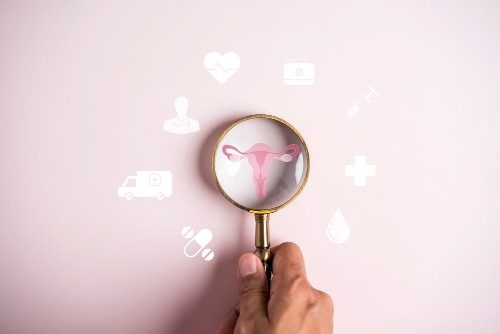WASHINGTON, DC – The director of the Pan American Health Organization (PAHO), Dr. Jarbas Barbosa, on Friday said strategies to expand Human Papillomavirus (HPV) vaccination, combined with innovative screening and early treatment have made cervical cancer the first cancer in the world that can realistically be eliminated.
 Next week, the Pan American Health Organization/World Health Organization (PAHO/WHO) will convene with governments, donors, and civil society in Cartagena, Colombia, for the Global cervical cancer elimination forum, that Dr. Barbosa says provides an opportunity for the Americas to, once again, take the lead in accelerating progress towards disease elimination.
Next week, the Pan American Health Organization/World Health Organization (PAHO/WHO) will convene with governments, donors, and civil society in Cartagena, Colombia, for the Global cervical cancer elimination forum, that Dr. Barbosa says provides an opportunity for the Americas to, once again, take the lead in accelerating progress towards disease elimination.
He said cervical cancer, caused by persistent infection with high-risk strains of HPV, is a leading cause of cancer-related death of women in Latin America and the Caribbean (LAC), with over 63,000 diagnosed each year and 33,000 lives lost.
“It is also a disease that disproportionately affects impoverished women in situations of vulnerability, with the vast majority of deaths occurring in low and middle-income countries,” he said noting that the path to elimination is ambitious but simple.
“Countries must vaccinate 90 per cent of girls by the age of 15; screen 70 per cent of women for HPV by 35 years, and again by 45; and treat 90 per cent of women with pre-cancer and cancer.”
The PAHO director says when it comes to vaccination, the Americas is ahead of other WHO regions, with 48 of 51 countries and territories already incorporating the HPV vaccine into their national schedules.
But he acknowledged that progress has been uneven, with some countries achieving high levels of coverage while others lag behind.
“While the COVID-19 pandemic has played a role in this, the high cost of HPV vaccines, as well as a lack of access to vaccine services, particularly in remote areas, and insufficient vaccinations at school, have all hampered HPV vaccination coverage in the region.
“Vaccine hesitancy also continues to underpin low vaccination rates. Developed at the beginning of the social media age, the HPV vaccine was hit hard by the antivax movement, which linked it to sterility, promiscuity and early initiation of sexual activity. While these accusations are completely unfounded, they have resulted in many girls missing out on this life-saving tool.”
Dr. Barbosa said to address these issues, PAHO/WHO recommends the implementation of single-dose vaccines to facilitate coverage, particularly among at-risk groups, and to optimize the use of scarce resources.
He said countries must also strengthen vaccine delivery strategies, including through community-based settings, and working alongside ministries of education to encourage vaccination at school.
“Campaigns that tackle the concerns of local communities, debunk myths, and promote the HPV vaccine as an essential tool in the prevention of cervical cancer, are also key.
“When it comes to testing, PAHO/WHO recommends a transition away from Papanicolaou tests (Pap), which require a gynecological exam in a clinical setting, to biomolecular HPV tests, which can detect significantly more women at-risk of cervical cancer.”
Dr. Barbosa said that the newer HPV tests also enable women to self-sample via vaginal swab, which can be carried out in any setting, including a woman’s home, eliminating both the cultural and access barriers that prevent many women from getting screened.
He said high-quality HPV vaccines and HPV tests are available for purchase through PAHO’s pooled procurement mechanisms, the Regional Revolving Funds, which continue to work with manufacturers to advocate for better pricing for the region.
Dr. Barbosa said the development of regional manufacturing of tests and vaccines could also positively impact affordability.
“As screening expands, so must services that treat women with high-risk HPV and pre-cancer. Simple and effective treatment at the primary care level is the best way to ensure access for women at highest risk of developing the disease.
“The Americas has long been a world leader in the elimination of infectious diseases. With commitment and effort, we can also successfully eliminate cervical cancer,” Dr. Barbosa added.


